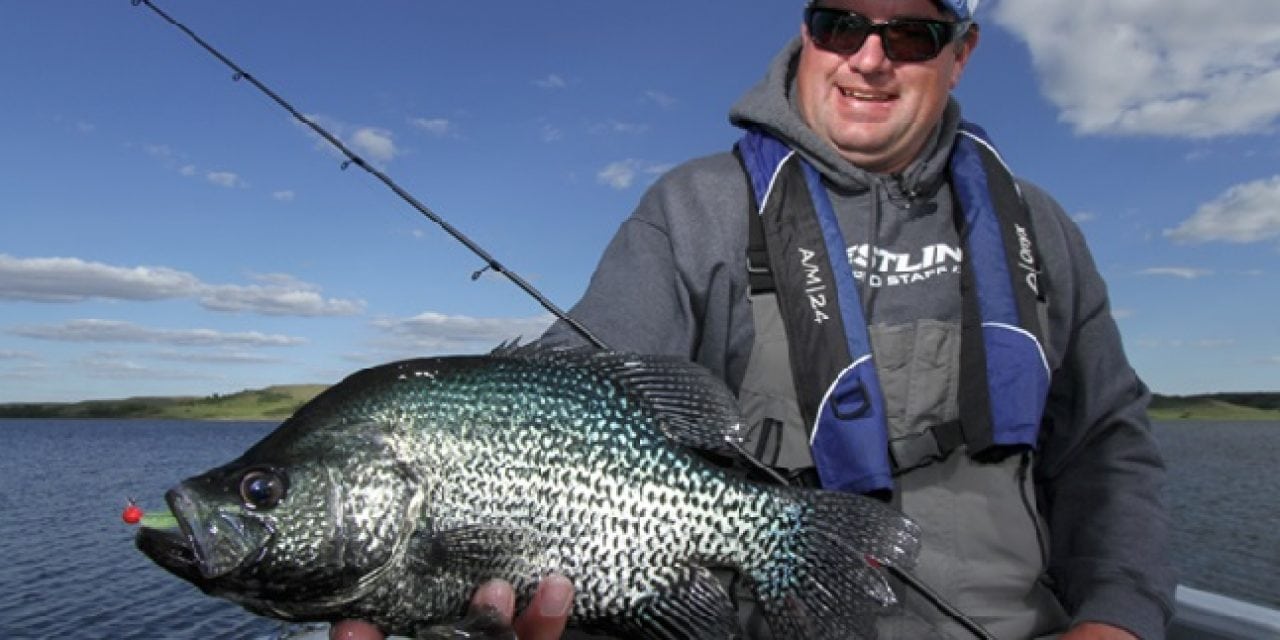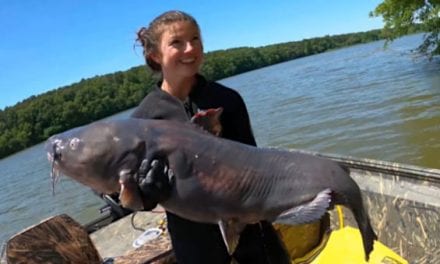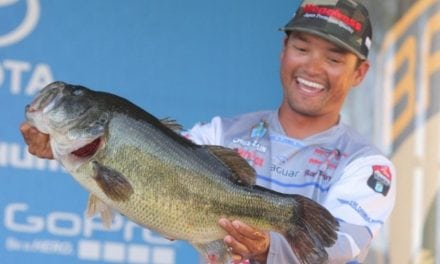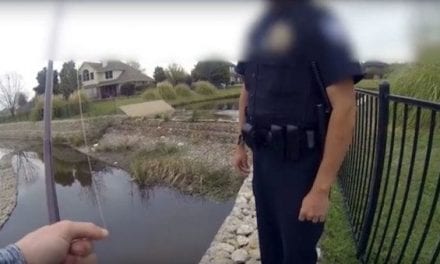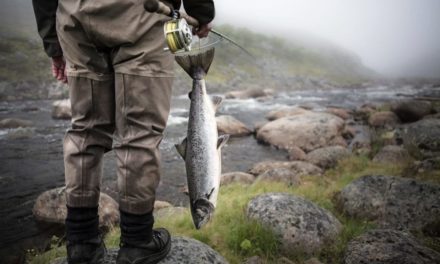Crappie fishing is a right of passage signaling spring for many anglers. Pre Spawn fishing opportunities are often consistant and coveted. Might not be a better time during the entire calendar year to target panfish. Locations and presentations are fairly straight forward and in many cases, spring crappie locations are no secret. The staff at Jason Mitchell Outdoors offers a few insights on how to capitalize on this tremendous fishing opportunity, offering eight tips to help you find and catch more crappies this spring.
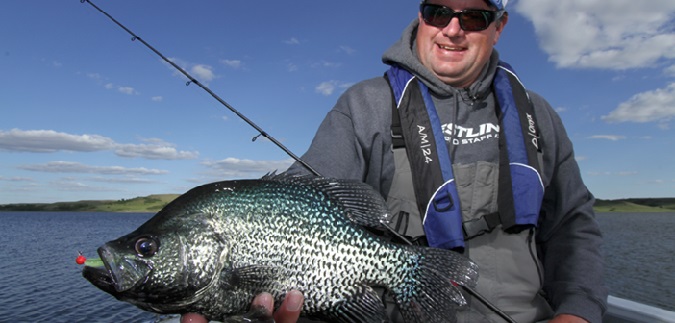
Location, Location, Location
Spring crappies often move back into shallow protected coves and bays that offer a dark bottom and either submerged vegetation or submerged brush piles. Shallow backwater marshes, coves, marinas, harbors and flowages can all attract spawning crappie but on some reservoirs, look for crappies to hold on chunk rock, rip rap and other hard bottom locations in four to ten feet of water.
Timing is Everything
Crappies will move up into these spawning locations and when black crappie make this push, the males will get distinctly dark or black, sometimes getting a blue tint. Some anglers will look at surface water temperatures warming up into the low fifty degree mark as the signal but there is even a better indicator. When lilacs bloom, get ready.
Sunshine Factor
Sunshine and water temperatures are important to fish location. Not only regarding the spot but also location in the water column. Calm sunny days often find fish up high in the water column soaking in the heat. Fish often move shallower during the afternoon and sun/ warming surface temps often pull fish higher in the water.
Forwards/ Backwards
Spring weather can be volatile with warming weather interrupted by fronts, rain and wind. Cooling spring temperatures can push fish to the edges and break lines adjacent to shallow water. When water temps warm and spring seems to be progressing, look to move forward into the traditional spring spawning locations.
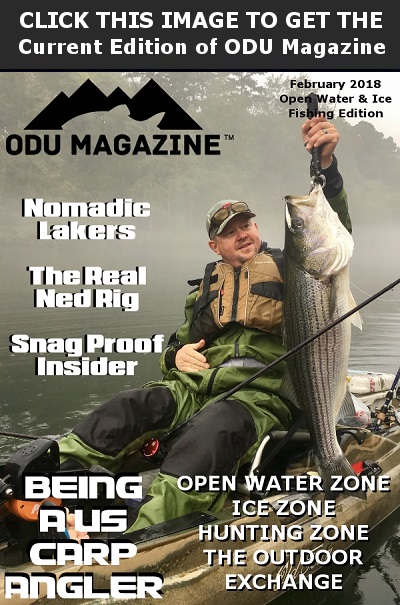 The Virtues of Plastic
The Virtues of Plastic
Wont dare say that soft plastic options for tipping jigs always work better than traditional live bait like crickets, night crawlers or minnows but we find that we typically catch way more fish with soft plastics. Spring crappie fishing in shallow water typically consists of casting a jig and float combination and then slowly reeling/ twitching the jig back to the boat. Soft plastics are more durable and the added bulk and bright color options make these presentations easy for fish to find. Top options include the classic Kalins Crappie Scrub. Marabou and Hair Jigs also catch a lot of fish. When fishing dirty, turbid water, don’t hesitate to experiment with bright colors and larger profiles.
High and Low
Part of the presentation recipe is figuring out how high to fish. Crappie can be right under the surface or holding along the bottom. Finding fish is often a matter of experimenting with how deep you set your float to find fish. Anticipate fish to ride higher when the sun comes out and lower when there is clouds or strong winds. Here is a little way to cheat. Use your side imaging and look for fish. Next, judge how high fish are by the distance from the fish and the shadow created by the fish. The higher the fish are in the water column, the further the shadow will be from the fish.
Tungsten Advantage
Tungsten has become extremely popular in both bass and ice fishing circles because of the increased density making the heavy metal heavier than traditional lead. More crappie anglers are discovering the advantage of tungsten. When you find the zone… say for example the fish are holding where you need to set your float three feet down over seven feet of water, a tungsten jig will get to the zone much more quickly. The added weight of tungsten also pulls line through slip bobbers much faster. Even in shallow water, tungsten just gets you in front of the fish faster and keeps you in the zone. Some of the top options on today’s crappie scene include the CPT Drop Kick and Drop XL Series that are also hugely successful in the ice fishing arena.
Fighting Ultra Clear Water
On some bodies of water, water visibility is often ultra-clear early in the spring when the water temperatures are still cold. One of the greatest challenges of fishing is extremely clear water where you can see the fish and the fish can see you. When targeting crappie in shallow harbors and bays that offer really clear water, fish will often hold around docks or lay downs and can be difficult to approach. These fish seem to spook by simply casting towards them. What can sometimes work really well is to simply drive the boat through these locations with your big motor running, trimmed down as low as possible. Stir up the bottom with your prop and move stuff around. You will spook and move the fish. Twenty minutes later, fish where you saw fish before the water clears back up.
Jason Mitchell Outdoors airs on Fox Sports North on Sundays at 9:00 am and Fox Sports Midwest on Saturdays at 9:30 am. Highlighting proven fishing strategies and locations from across the Midwest.
By Jason Mitchell Outdoors
The post Top Tips for More Spring Crappie appeared first on ODU Magazine-North America’s #1 Digital Fishing Magazine.

